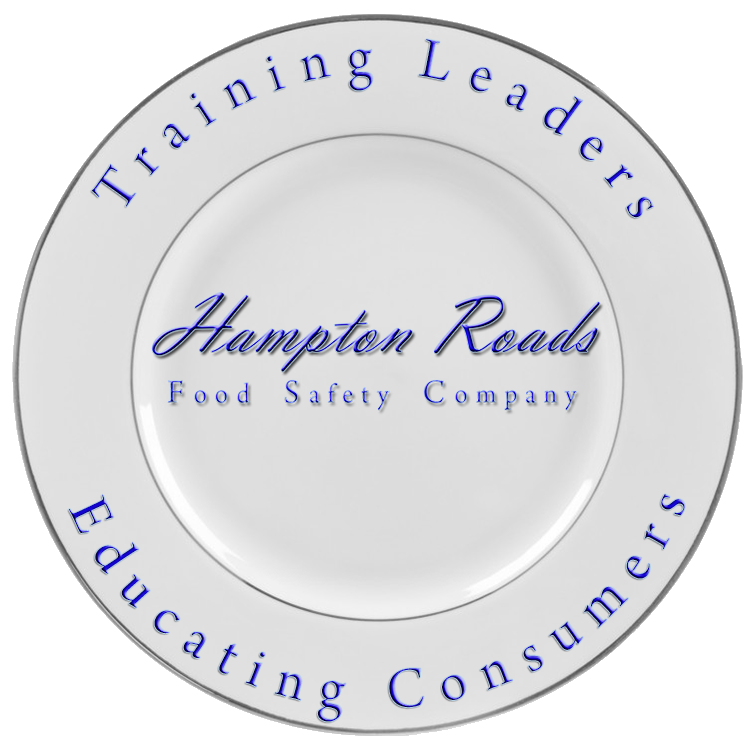Promote Your Restaurant’s Dedication of Food Safety
To successfully execute food safety measures and develop a culture of food safety in your restaurant, your entire team must diligently participate. One mistake, such as using a contaminated utensil to handle ready-to-eat food, can lead to foodborne illness and tarnished business reputation.
According to the Center for disease Control, roughly one in six Americans gets sick from a foodborne illness annually. Just like you promote your latest and greatest menu items to your customers, take time to share how much your restaurant focuses on serving food safely.
Here are three tips to help communicate your food safety commitment to customers:
1. Teach employees the “how” and the “why.” When showing employees how to prepare food, clean and sanitize surfaces, and dispose of any waste, share all the reasons why following through every time is important. And that’s not just the back-of-house staff, it’s top-level management and front-of-house staff, also. Help keep each other accountable and informed, so if a customer or employee has a question, you’ll know how to respond.
2. Show and tell. Develop a front-of-house cleaning schedule, and stick to it. To help reduce the spread of pathogens on a daily basis, incorporate the cleaning of front-of-house high-touch items, which could include laminated menus, condiment bottles, and salt and pepper shakers, into your cleaning schedule. If a customer asks employees a food safety question in the front-of-house, team members should feel confident in their food safety knowledge. If they do not, the next step is reaching out to a team member who can answer these questions and requesting a training refresher.
3. Stay polished. If an employee’s clothing gets dirty, it should be replaced with a clean garment. Failing to do so can not only affect customer perception but also lead to cross-contamination. Dress for success! Nonverbal clues matter. When leaving a food prep area, remove aprons and single use gloves. Food handlers must also keep their fingernails trimmed and hair covered in a hat or hairnet.
##National Restaurant Association##


